Talk GUidelines
Abstract Guidelines:
Please limit submissions to 300 words.
Talk Format:
All oral presentations will be allotted 15 minutes for the presentation and 5 minutes for questions and answers.
You will be alerted one minute before your presentation time is up with either a visual or audible cue. If you go over the 15 minutes, the moderator will stand up and walk towards the podium to signal the end of your presentation.
Presentation Guidelines:
Please format your presentation with a 16:9 aspect ratio in order to take advantage of the full size of the projector.
Sans serif type font preferred (Arial or Geneva).
Minimum font size: 28 pt.
Simple graphs, charts and diagrams are much more meaningful to an audience than complex, cluttered ones.
Please keep a 10%-20% margin around your text, much as you would when typing on a piece of paper. This ensures that everyone will be able to read your slides.
Each frame or slide should have a title.
You will be presenting to a diverse group of scientists including undergraduate, trainees, principal investigators and staff scientists. Attendees will have diverse backgrounds and interests, including biology, biochemistry, physics and mathematics. Your content and language should be comprehensible by every attendee. The objective of your talk should be to teach every attendee something about your research to generate conversation, feedback, and potentially a collaboration.
We plan to have a computer that everyone presents from, so please bring your presentation on a USB. If you would rather bring your own computer we can try to accommodate.
Poster Guidelines
Abstract Guidelines:
Please limit submissions to 300 words.
Poster Format:
Please limit the size of your entire poster to 3’ high x 5’ wide or 5' high x 3' wide.
Your poster must be mounted at the beginning of the session in which you will be presenting and it must be removed immediately after your poster session. Posters that have not been removed at the end of their session will be removed.
The poster boards will be numbered and assigned when you arrive.
Include the title, author names, and the institution where the work was completed, in large letters at the top of the poster.
We suggest that you place a reproduction of the abstract in the upper left side of the poster.
Presentation Guidelines:
Lay your poster sections in a logical order so that other scientists can follow your presentation. A good method is setting up your poster in a column format so that individuals interested can read your poster, 1st vertically, then top to bottom, and then left to right.
Try using a type between 14-20 pt so it can be easily read. The title should be larger than the rest of the text.
When presenting, try not to stand directly in front of your poster; allow other scientists to view the entire poster. Stand to the side.
You will be presenting to a diverse group of scientists. Attendees from all academic levels, including undergraduate students, principal investigators, and staff scientists, will have diverse backgrounds including biology, biochemistry, physics, and mathematics, and will have diverse research interests. You must be able to adapt your content to every attendee.
